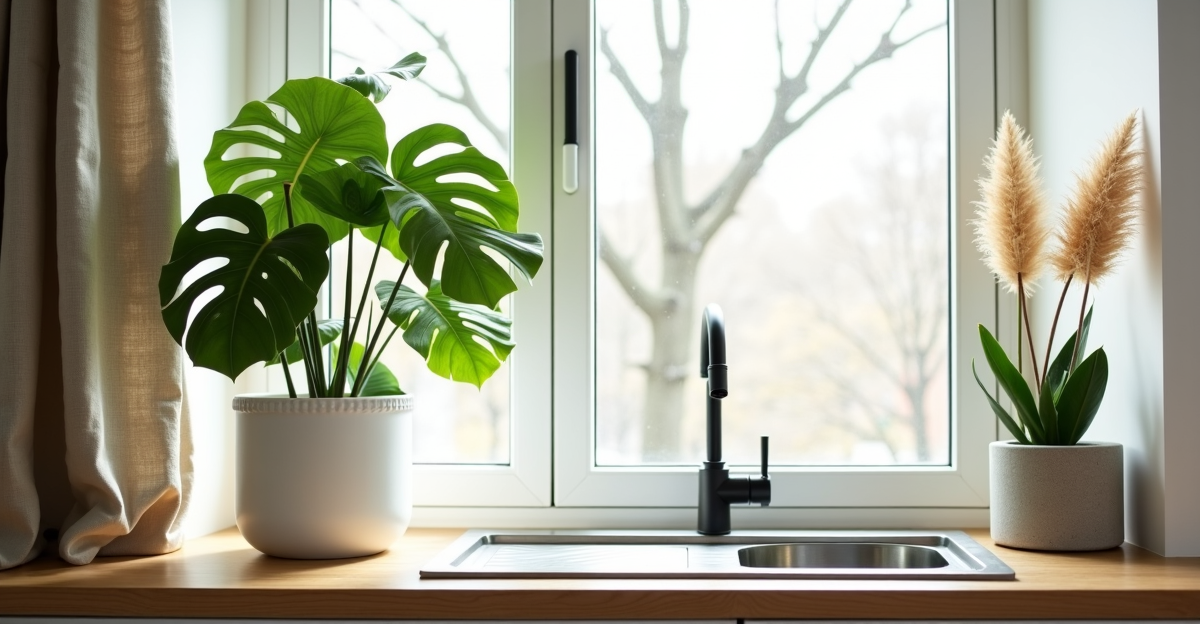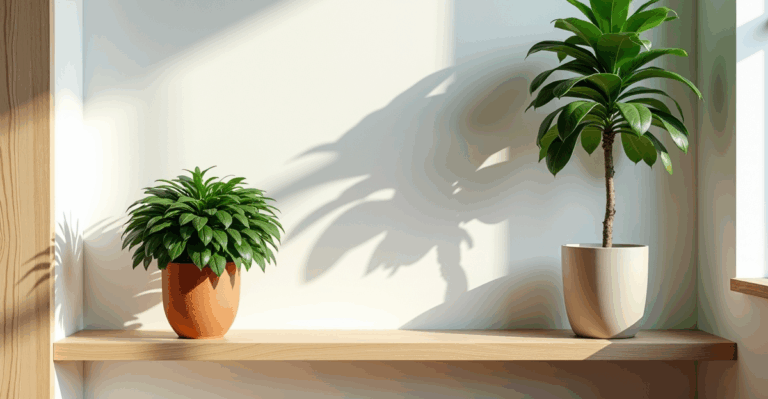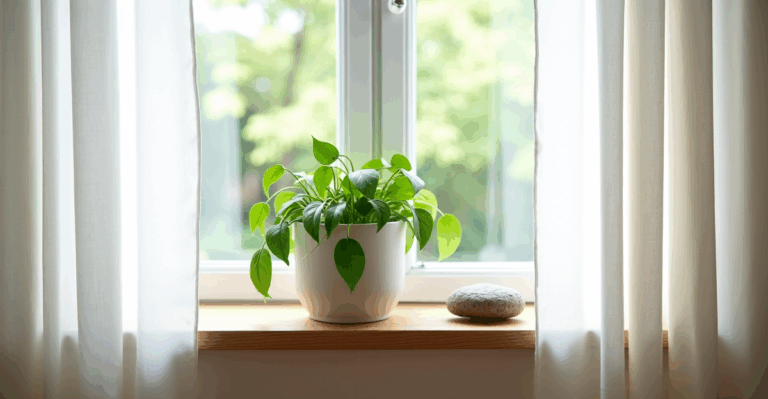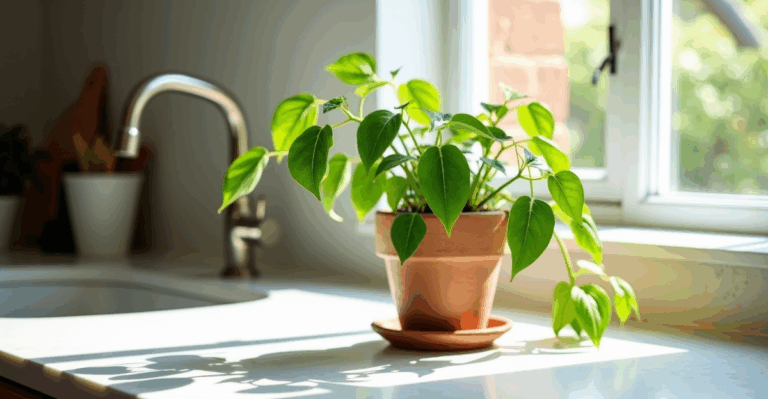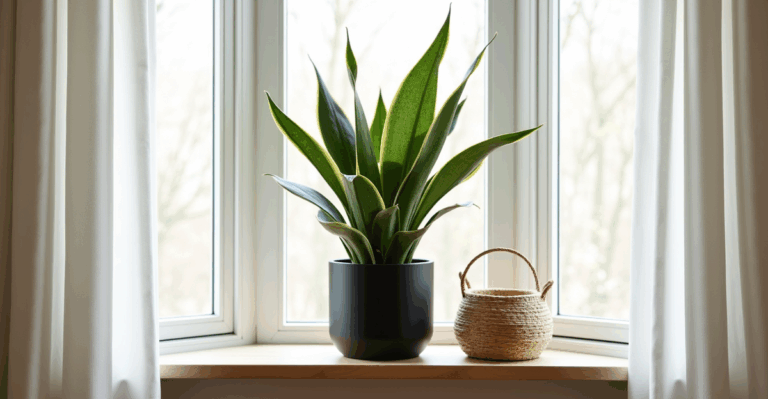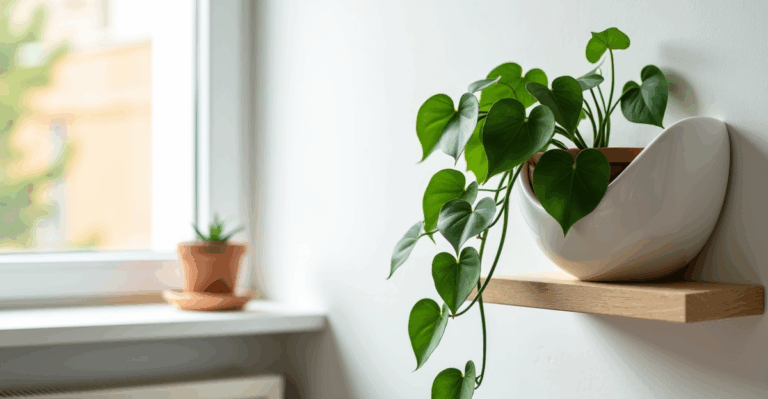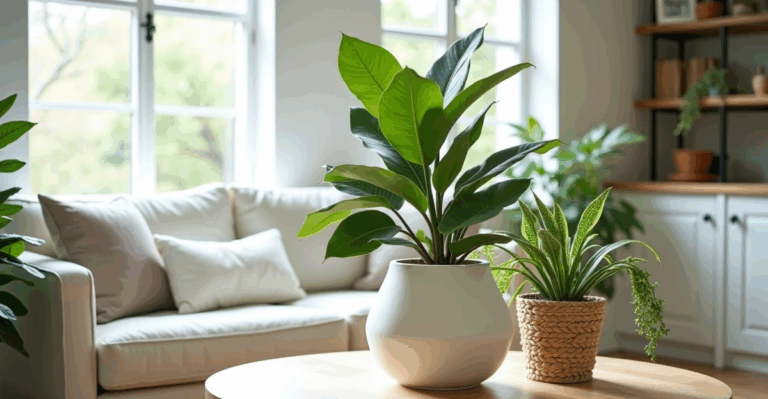Beating Thrips in the Kitchen: Prevention and Treatment That Fits the Space
You’re chopping garlic at the counter, the scent mingling with the earthy smell of your fiddle leaf fig. You glance over at the plant on the windowsill—the spot you’ve carefully chosen for its bright, indirect light—and freeze. The leaves look dusty, not just from lack of dusting. Closer inspection reveals tiny, almost invisible specks of silver or white, and a sticky residue on the undersides. Thrips. Again. You’ve battled them before, but the kitchen is a unique battlefield: humid from cooking, often with limited natural light, and your plants are part of your daily life, not just decor. You don’t want to haul them out to a garage or risk drowning them with harsh sprays near your food prep area. We’ve been there too. The good news? Thrips in the kitchen can be managed without turning your space into a pest-control lab. It’s about working with your kitchen’s rhythm, not against it.
Why Kitchens Are Thrip Hotspots (And Why Your Plants Suffer)
Let’s be real: kitchens are prime real estate for thrips. The combination of warm, humid air from cooking (especially boiling water or simmering sauces), inconsistent light (often north-facing windows with low intensity), and plants placed right near the sink or stove creates the perfect, hidden breeding ground. Thrips love the fine, soft new growth on plants like calathea, peace lilies, or even your kitchen herbs. They hide in the tiny crevices between leaves and in the soil surface, making them hard to spot until the damage is visible—streaking on leaves, silvery patches, or distorted growth.
Most people try to blast pests with strong chemicals or move the plant away from the kitchen, which feels counterintuitive when it’s such a great spot for your plants. But moving them out of the kitchen often means moving them into a less ideal location (like a dark hallway) or worse, creating more stress through repotting or relocation. The real issue? Thrips thrive in the very conditions that make kitchens great for plants. Your plant’s thriving environment is also the thrips’ ideal nursery.
Prevention: The Kitchen’s Natural Defense (Before They Arrive)
Preventing thrips is far easier than treating them, and it fits seamlessly into your kitchen routine. It’s not about drastic changes—it’s about small, consistent habits:
- Wipe Down Leaves Weekly (Not Just Dusting): Don’t just brush off dust with a dry cloth. Use a soft, damp microfiber cloth or a spray bottle with plain water (no soap!) to gently wipe the undersides of leaves and stems. This dislodges early thrip activity and removes the sticky residue they leave behind. Do this while you’re washing dishes or prepping food—takes 2 minutes.
- Optimize Placement for Light & Air: Thrips hate airflow. Place plants on a windowsill where a gentle breeze from a nearby open window or the kitchen fan (on low) can circulate air over the leaves, not just across the countertop. A south or east-facing window is ideal for light (helps plants stay strong and resistant), but even a north-facing window with a bright LED grow light above the plant can help. Avoid placing plants right next to the stove or sink where heat and humidity concentrate—aim for 1-2 feet away.
- Choose Plants Wisely for Kitchen Conditions: Opt for plants that naturally tolerate lower light and moderate humidity, like snake plants, ZZ plants, or pothos. They’re often less prone to thrip issues than high-humidity lovers like calathea in a kitchen. If you have a calathea, give it a dedicated spot on the counter away from direct heat, and use a pebble tray below the pot (not touching the soil) to boost humidity without making the air too humid at plant level.
Treatment: Gentle, Effective, and Kitchen-Safe
If you spot thrips, don’t panic. Here’s how to treat them without disrupting your kitchen life:
- Start with Physical Removal: Before applying anything, give the plant a thorough shower. Place it under lukewarm running water in the sink (hold the pot over the drain, not letting water pool around the base) for 1-2 minutes. This knocks off many thrips and washes away debris. Do this early in the day so leaves dry fully before nightfall (reducing mold risk).
- Use Insecticidal Soap Correctly: This is the safest, most effective kitchen-safe option. Mix 1 tsp mild liquid soap (like Castile soap) per quart of water. Crucially: Spray the undersides of leaves, stems, and soil surface thoroughly (use a cotton swab for tight spots). Repeat every 5-7 days for 3-4 weeks. Never use dish soap—it’s too harsh. Apply in the morning so leaves dry quickly.
- Boost Plant Health (The Long-Term Fix): Thrips love weak plants. Water deeply but less frequently (let the top 2-3 inches of soil dry out between waterings—especially in cooler months), provide consistent bright-indirect light, and fertilize lightly during growing season (spring/summer) with a balanced fertilizer diluted to half-strength. A strong plant fights off pests better. If you use LECA or PON, flush the system with water every few weeks to prevent mineral buildup that stresses plants.
How Your Planter Choice Affects Thrip Control (And Why 3D-Printed Helps)
This is where many kitchen plant owners overlook a key factor: your planter itself can harbor thrips or make treatment harder. Traditional ceramic pots can trap moisture in the saucer, creating a damp microclimate perfect for thrips. Plastic pots can be hard to clean thoroughly. Self-watering pots often have hidden reservoirs where pests can hide and multiply. Even the shape of the pot matters—deep, narrow pots make it hard to see the soil surface and reach the base of stems.
This is where 3D-printed planters shine. Their design directly addresses kitchen-specific thrip challenges:
- Optimized Drainage: Precisely engineered drainage holes prevent water from pooling in the saucer, reducing the damp environment thrips love. You can place them directly on your counter without worrying about water stains or hidden pest habitats.
- Smooth, Easy-to-Clean Surfaces: The seamless, non-porous finish of 3D-printed planters (often made from food-safe, durable materials) means no crevices for thrips to hide in. Wipe them down quickly with a damp cloth after treatment or even just for maintenance—no scrubbing grime out of textured clay.
- Weight Distribution & Stability: Unlike heavy clay pots that might feel unstable on a counter, 3D-printed planters are designed for modern aesthetics and stability. They sit securely without wobbling, making it easy to give them a gentle shower without risking spills near your cooktop.
Seasonal Shifts & Common Kitchen Pitfalls
Kitchen conditions change with the seasons, impacting thrip risk:
- Summer: Increased humidity from cooking and AC makes thrips more active. Increase air circulation (fan on low near plants), monitor leaves more often, and clean leaves weekly.
- Winter: Dry indoor air from heating reduces thrip activity but can stress plants. Keep humidity up for your plants (pebble tray, grouping) but avoid over-humidifying the kitchen air where thrips thrive. Water less frequently (soil dries slower).
- The “Too Much Light” Trap: Placing a sensitive calathea right on a sunny kitchen window can cause sunburn and stress the plant, making it more susceptible to thrips. Use sheer curtains or move it slightly back from the glass. Always consider your actual light level (a north window is often too dim for sun-loving plants, but good for many thrip-prone species if placed correctly).
Real Kitchen Scenarios & How We Handle Them
- The North-Facing Pothos: This is a common kitchen setup. It gets gentle, consistent light but can be prone to overwatering (leading to root rot, which stresses the plant and invites pests). Our approach: Use a 3D-printed pot with excellent drainage. Water only when the top 2-3 inches are dry. Wipe leaves weekly. If thrips appear, shower the plant, then apply insecticidal soap only to the undersides. The smooth pot makes cleaning the base of the stem easy.
- The Calathea on the Counter: High humidity from the sink and its need for humidity = perfect thrip conditions. Our approach: Keep it at least 12 inches from the sink. Place a small, low-profile fan (like a desk fan) on low, blowing across the leaves, not directly on the plant. Use a small pebble tray below the pot (not touching the roots) for humidity. Apply insecticidal soap as a preventative measure every 2 weeks during humid summer months, not just when pests appear. The sleek design of a 3D-printed planter fits perfectly on the counter without looking bulky.
- The LECA-Potted Herbs: LECA can be great for herbs, but the water reservoir is a thrip hotspot. Our approach: Flush the LECA system thoroughly with water every few weeks to remove debris and pests. Use a small, clean brush to gently clean the surface of the LECA. Choose a 3D-printed LECA pot designed with easy access to the water reservoir—no awkward corners for pests to hide.
The Honest Trade-Offs
Treating thrips takes patience. It’s not a one-spray fix. Expect to repeat treatments for several weeks. Moving a plant out of the kitchen for treatment can cause shock, especially if it’s not used to different light. Using strong chemical pesticides near food prep is just plain risky and unnecessary. The best approach—prevention, gentle treatment, and smart planter choices—works with your kitchen, not against it. It’s about building resilience into your plant care routine, not just fighting a single battle.
Growing Your Kitchen Garden (Without the Pest Drama)
Managing thrips in the kitchen isn’t about drastic measures or sacrificing your beautiful plant display. It’s about understanding the unique environment you’ve created—where your plants thrive alongside your cooking—and making small, thoughtful adjustments. Wiping leaves as part of your morning routine, choosing the right spot for airflow, using the right tools for treatment, and selecting planters that work with your kitchen’s needs (not against it) turns a potential pest problem into just another part of your plant care rhythm.
When you see that tiny silver streak on a leaf, you’ll know exactly what to do. You’ll reach for your damp cloth, not a chemical spray, and you’ll feel confident your plant’s home is designed to help it stay healthy, not attract pests. Your kitchen garden will be a place of calm, beauty, and thriving life—no thrip drama required.
We use these in our own setups, and they’re a joy to style—explore our 3D-printed planters.
- Prevent thrips by cleaning leaves and airflow (not just moving plants).
- Choose planters with smart drainage and smooth surfaces to block pest hideouts.
- Treat gently with soap and water, not harsh chemicals, for kitchen-safe results.

